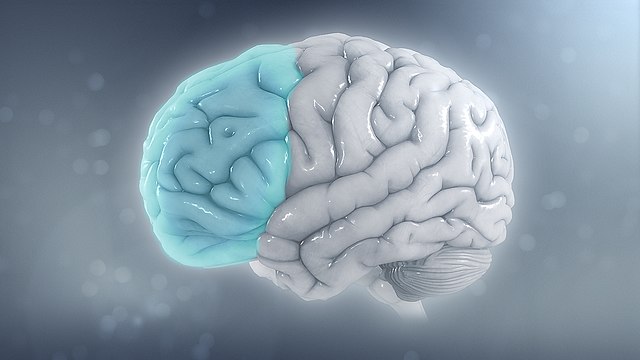In our last post, we discussed ADD (Attention-Deficit Disorder) from multiple perspectives. This condition affects an increasing number of youth. Teachers know that neurodivergence is growing, and so our methods need to grow with the need. In this post, I want to give you some practical suggestions for how to work with ADD.
A Brief Review of ADD
As discussed last week, we characterized ADD as a weakness in the executive function of the brain. The prefrontal cortex is like the governor or the charioteer, if you will, of the rest of the brain. Your feelings live in the centrally located limbic system. Your will lives in the cerebellum and brain stem which lie at the back and base of the brain.
The executive brain is responsible for taking all the power and drive of the will and feelings and organizing it into effective action. Are you familiar with emotional intelligence? Essentially, those who have it tend to become the most successful people, while those who lack it tend to flounder. Emotional intelligence is a beautiful picture of what happens when the executive brain learns to manage and channel the other two regions.
Thus, if we wish to remedy ADD we need to learn how to strengthen the charioteer. In other words, the self.
Embodied Exercises to Work with ADD
As beings of thinking, feeling, and willing, a kinesthetic approach often works better than a purely cognitive one. Cognitive exercises have their place, and we will talk about some of those as well. However, a great deal can be accomplished by joining focus with body movements.
- Change/Improve one’s handwriting – we discuss the benefits of this here. The bottom line is that if you want to improve executive function, there is perhaps no better treatment under the sun than improving one’s cursive, learning a new font, or learning a calligraphy script. Rudolf Steiner even prescribed handwriting therapy as a medical treatment for physical ailments, saying that it incarnated the self. In other words, the charioteer.
- Walk forwards and backwards while spelling your name forwards and backwards – just try this and see how much effort it requires. After mastering your first name, add your middle and then last names. Then, reverse the whole thing. Walk forwards while spelling backwards, and vice versa.
- Brain Gym exercises with the hands – check this link out for some ideas. These exercises are exceptional for developing better focus.
- Learn polyrhythmic body geography – in a number of our academic blocks, such as 7th Grade African Geography, we teach polyrhythms. It takes a great deal of focus to make these work, but the rewards are great. Focus improves and so does one’s embodiment of themselves.
- Artistic speech work – what do I mean by this? I mean recitation of poems and verses in an artistic, well-formed way. This is one of my favorite things to do as a teacher in my lessons. I cannot overstate how formative it is for students to do some speechwork everyday. It means working on their pronunciation, clarity of speech, and even saying things with different styles. A fuller exploration of this topic is beyond the scope of this blog post, but maybe I’ll write more about it later.
These are some ideas, but the benefit is that they tend to be fun. When working with students, try not to make this a chore. Let it be enjoyable in the process.
Cognitive Exercises to Work with Add
While going straight to the mind is not necessarily the best way to work with ADD, it is important to bring into the routine. After all, cognitive forces eventually have to be strengthened directly. This is not appropriate for children under about the age of 7, and only then gradually added on. However, here are some ideas that work well:
- Mental Math – do some mental math every day. This creates imaginative cognition and requires the student to hold increasingly complex operations in their thinking. It is enormously strengthening to do a little bit of this every day. Keep it consistent. A little mental math everyday keeps the ADD doctor away.
- Ken Kens and Sudoku – these sorts of number games are wonderful for developing focus. The important thing is to encourage your students not to give up.
- Creative visualizations – these come in many forms. They can be meditative-type of journeys. They can also be projective geometry. Adolescents are not too young to start learning how to vision for what they wish for. This can be a contemplative process which begins with body awareness, energetic grounding, and then a guided meditation. I do it every week with students, and they love it. Keep it brief, though.
Concluding Thoughts
There’s nothing wrong with our neurodivergent students. Many of them are quite brilliant in ways the rest of us are not. They may have the ability to see complex patterns or pay attention to several things at once. These youngsters may have special abilities that may present at an imbalance but which, with training, can become extraordinary gifts for the world. The important thing is that we see them and get creative with how we work with them.
I have striven to inspire some ideas in you above. These are of course not exhaustive, but I was hoping to point you in the right direction so you can develop an instinct for what’s needed and come up with some ideas of your own. Good luck!


Leave a Reply
You must be logged in to post a comment.